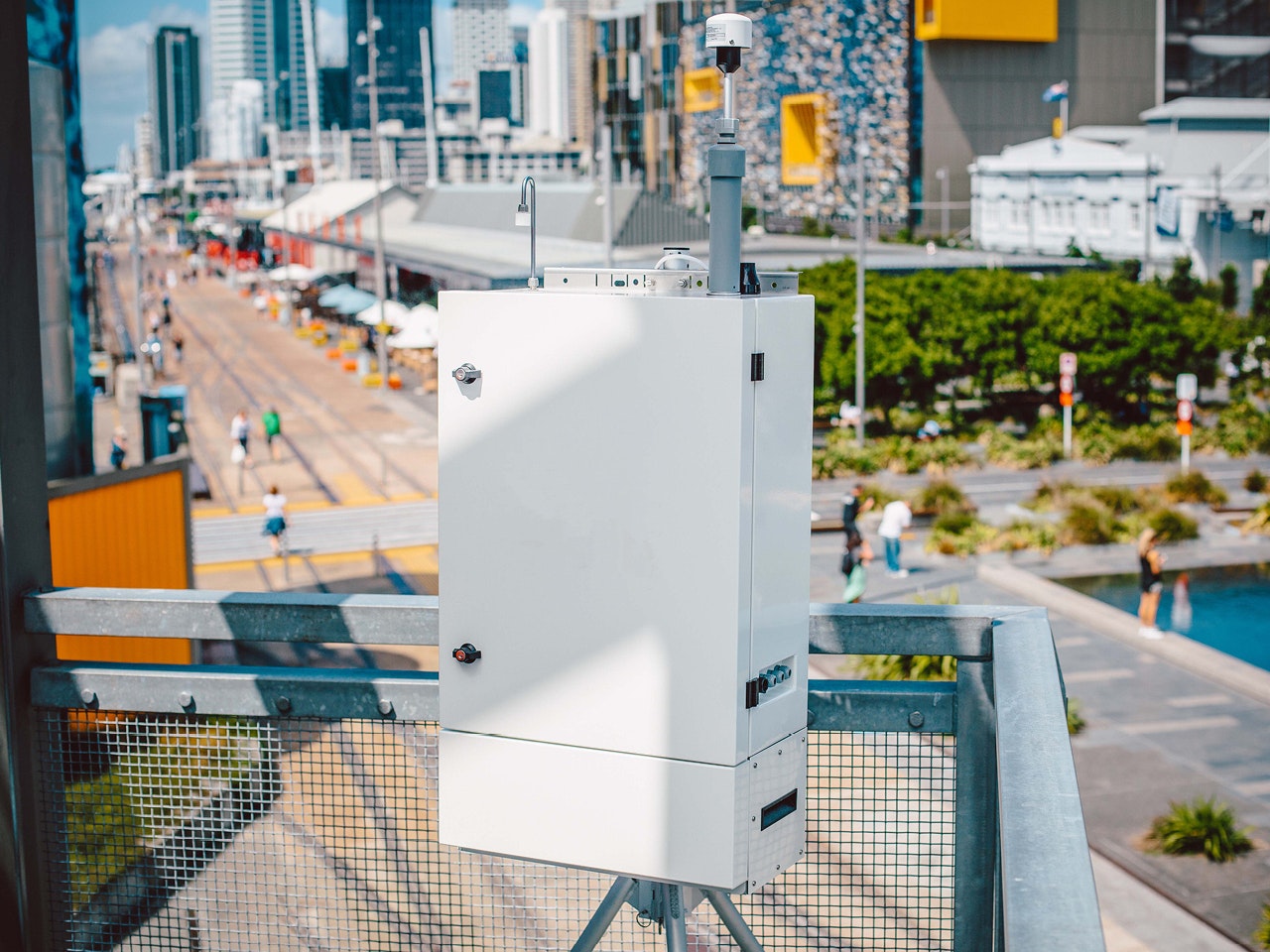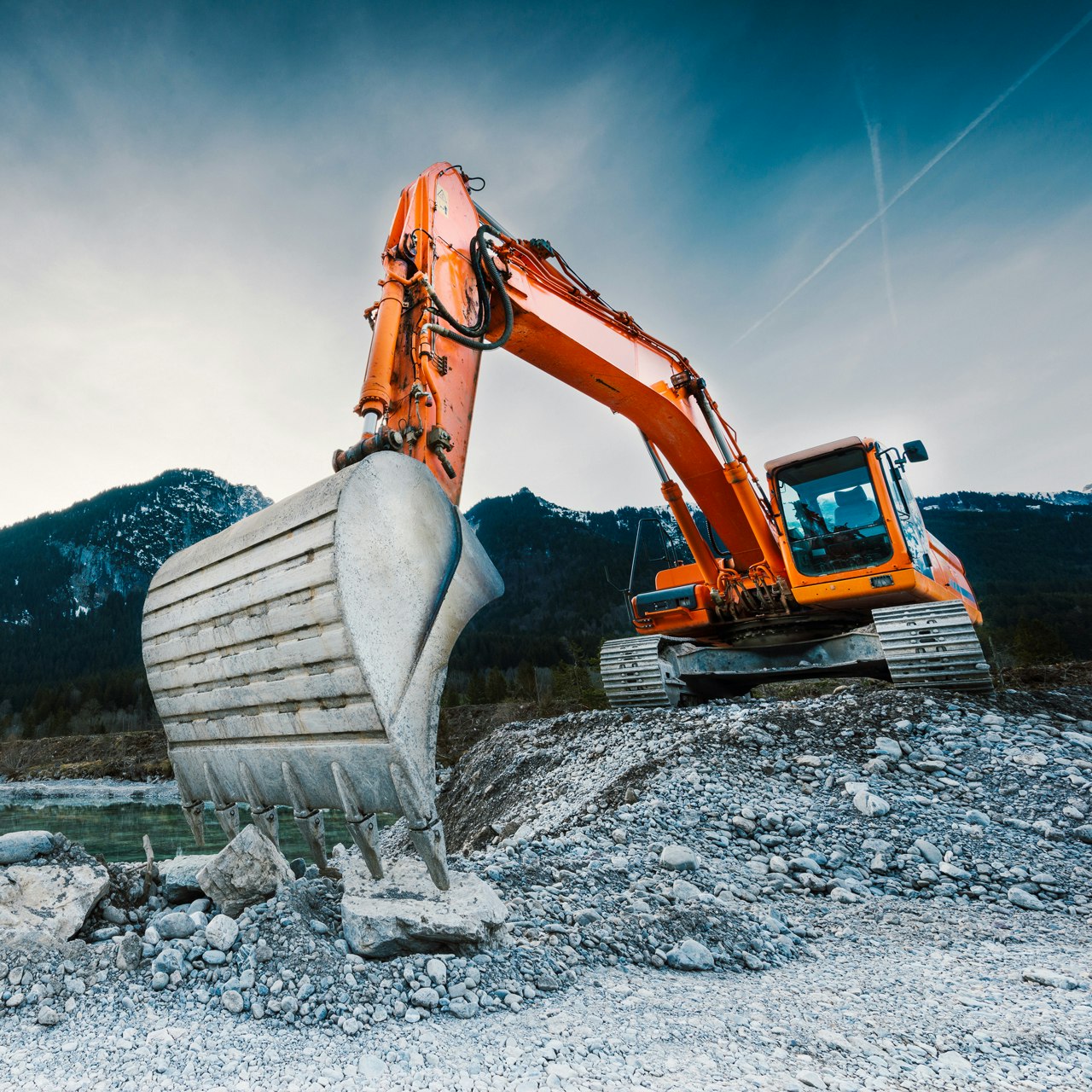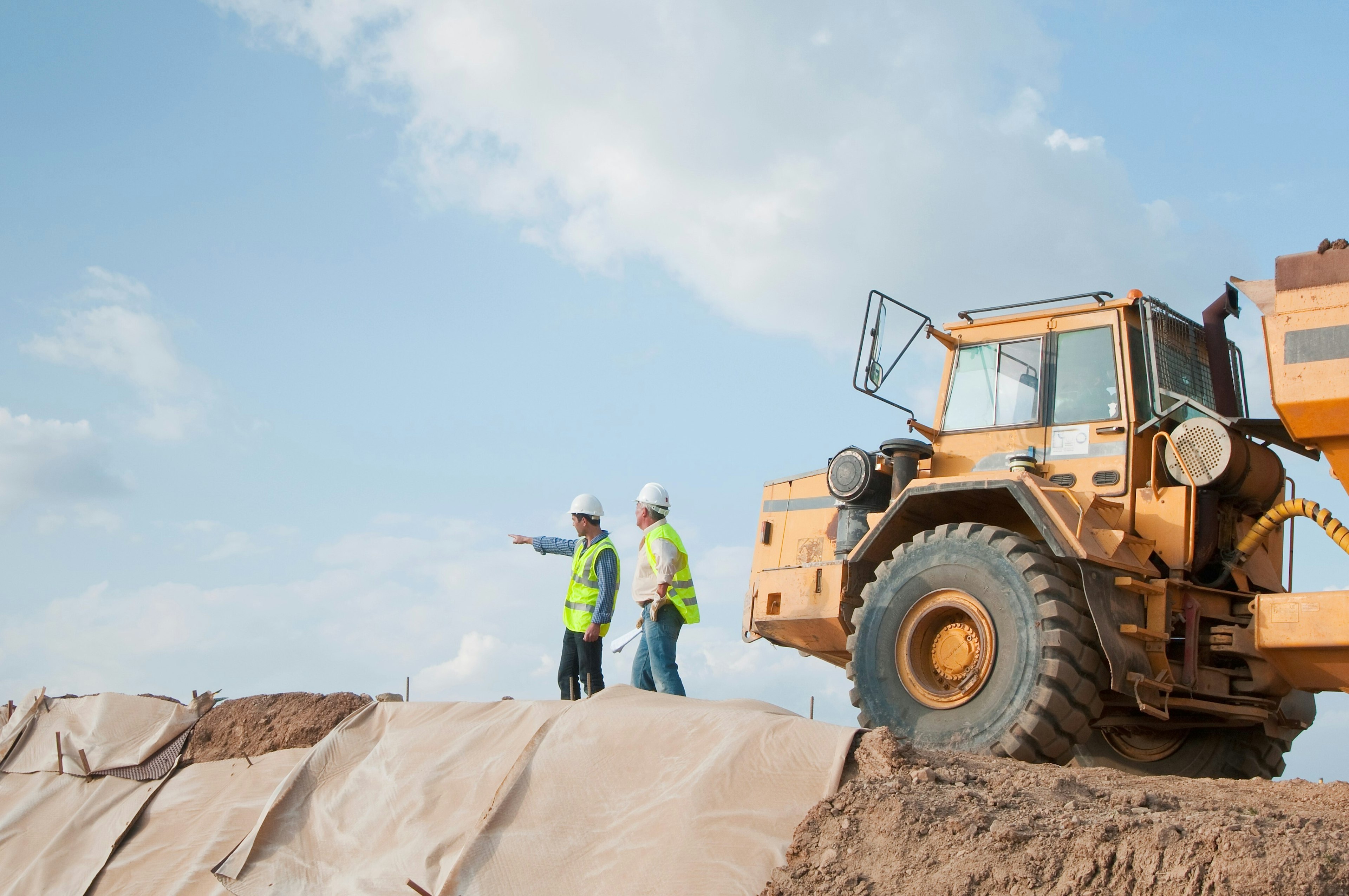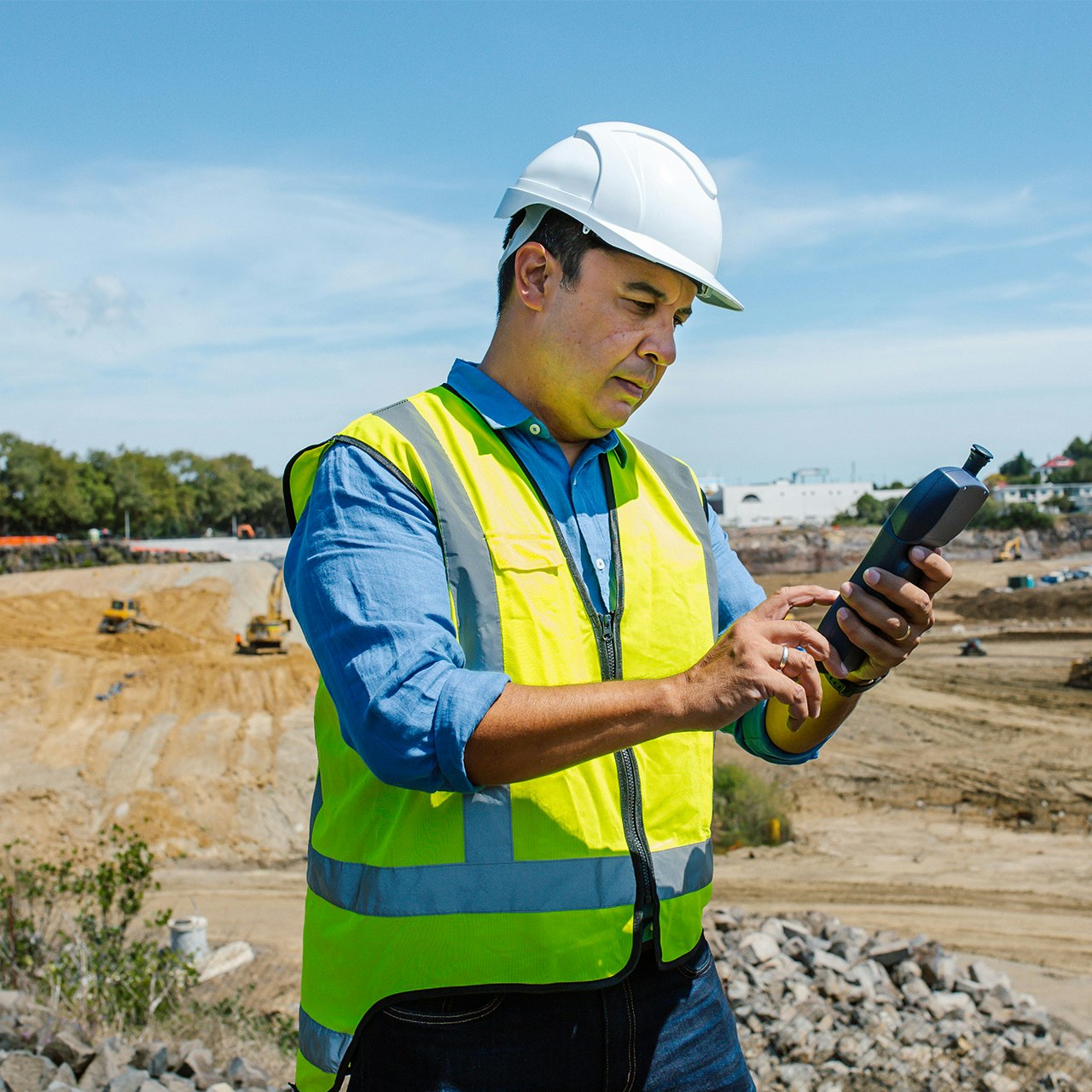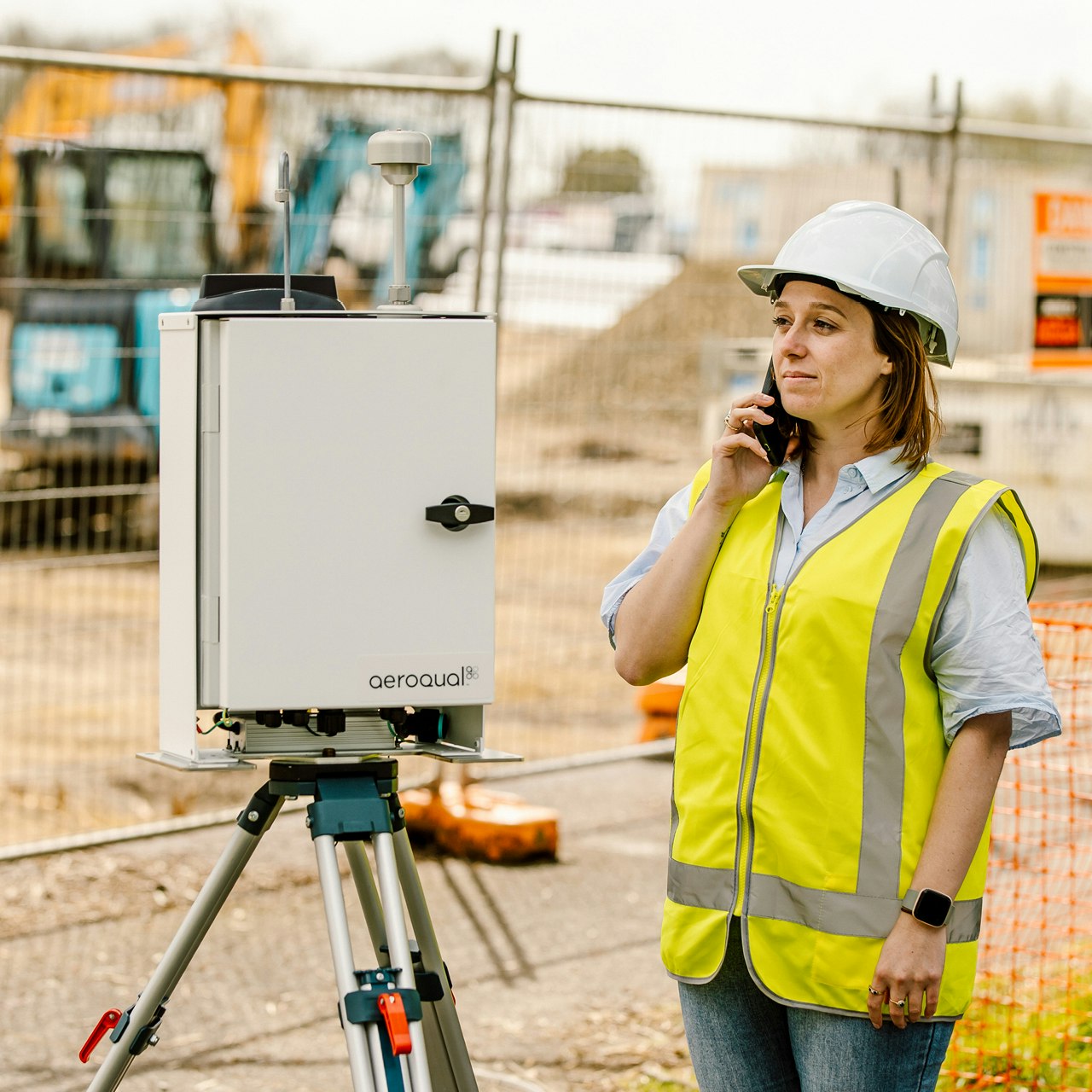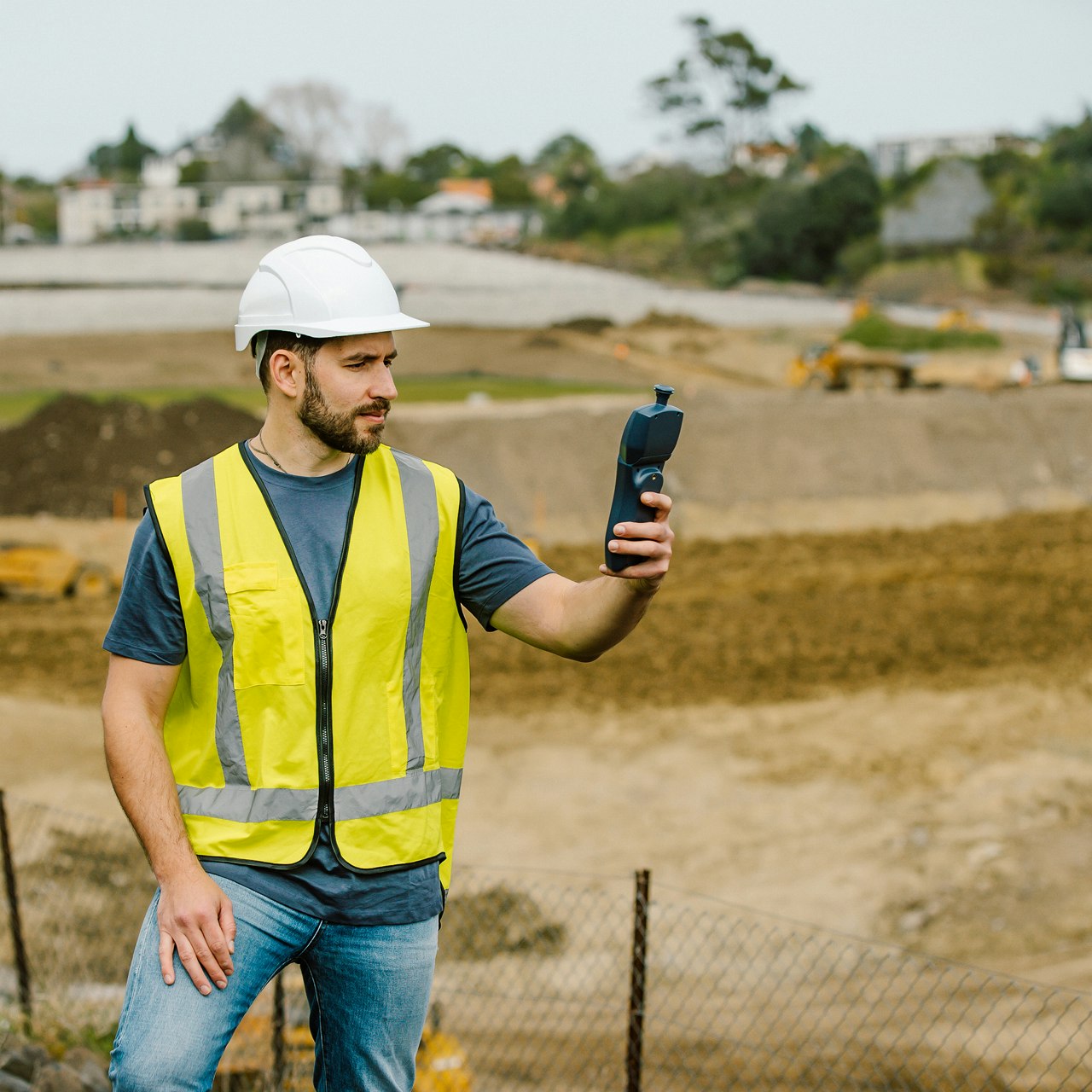Blog
Dust Sentry or Dust Sentry Pro – Which dust monitor is right for you?
Article Details
Last Updated
14 September 2025
Published
23 March 2020
Category
Remediation
Aeroqual makes two different types of instrument for measuring airborne dust and particulate – the Dust Sentry and Dust Sentry Pro. Both use an optical laser but the measurement technology and technique are slightly different – which has important implications for how the instruments should be applied.
Dust Sentry Pro – Dust and Particle Counter
TSP Dust Sentry – Dust and Particulate Monitor
Which dust monitor should you choose?
The table below is a side by side comparison of the specifications of the two products to help you make the correct choice for your application.
*Above 40°C the laser may require more frequent servicing.
**Power requirements subject to configuration, refer to product specification sheets.
Key points:
- The Dust Sentry has greater accuracy than the Dust Sentry Pro.
- The Dust Sentry Pro can measure 4 mass fractions simultaneously.
- The Dust Sentry is more durable when operating in high temperatures.
- The Factory Calibration interval of the Dust Sentry Pro is shorter than the Dust Sentry.
Some factors to consider
The Dust Sentry is well suited for compliance monitoring such as Rule 1466 in California or Best Practice guidance for construction in London, where a single parameter is measured and reported against.
In these cases a certified and robust monitoring solution with highest accuracy is likely to be most appropriate. By interchanging sharp cut cyclones the Dust Sentry can give readings for TSP, PM10 and PM2.5 – although not simultaneously. Occasionally a regulatory body may require compliance against more than one parameter at the same site in which case multiple Dust Sentry instruments can be deployed or the Dust Sentry Pro can be considered.
The Dust Sentry Pro is well suited to air quality studies and research where maximizing the number of parameters and available data is of interest. It is also useful when power consumption is a consideration (such as solar applications) for measuring multiple PM parameters and where operating more than one instrument is not possible. However studies where fewer parameters are needed and/or greater accuracy is required, are likely to favor the Dust Sentry.
Robustness and servicing is an important consideration especially in remote or particularly harsh environments. Locations with very high dust loading such as construction sites or in the desert can be tough on the optics used in the Dust Sentry and Dust Sentry Pro. Consideration should be given to the frequency and therefore cost of calibration. This is even more important when the units are operating remotely and the distance to site imposes additional costs. The longer calibration interval of the Dust Sentry may favor its deployment over the Dust Sentry Pro in harsh or remote environments.
Temperature is another factor that may influence the decision. High temperatures, regularly in excess of 40°C, can be challenging. The Dust Sentry and the Dust Sentry Pro are equipped with solar shielding to reduce thermal load, which is a unique feature of these instruments. The Dust Sentry has been shown to perform well at the upper limits of the stated operating range. Above 40°C the laser in the Dust Sentry Pro may require more frequent servicing than the standard interval.
A final consideration is field calibration. Field calibration is sometimes necessary to adjust the instrument to local conditions, since factory calibration is based on ‘test dust’ or Arizona Road Dust as the standard is more formally known. Dust caused by a forest fire, for example, can look very different to the test dust used in a lab. Field calibration is done by running the Dust Sentry or Dust Sentry Pro against a reference standard (e.g. a high volume sampler or a beta attenuation monitor) and adjusting the instrument offset and gain until the two readings match. Doing this with a single parameter on a Dust Sentry is considerably easier than doing this with four parameters on a Dust Sentry Pro, which would require four separate reference measurements.
Typical dust monitor applications
Every application is different, and it is always a good idea to talk to one of our representatives about the best instrument for your application. Below is a general recommendation based on experience.
Find out more about our range of dust monitoring equipment here.
Dust monitor case studies
Related products
Air monitoring made easy
Take the time and hassle out of your next project with a real-time air quality monitoring solution.




